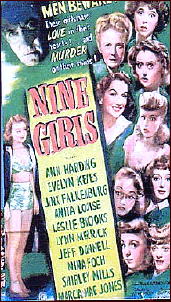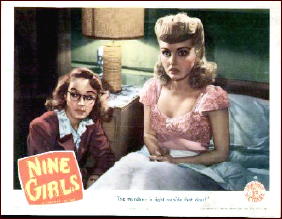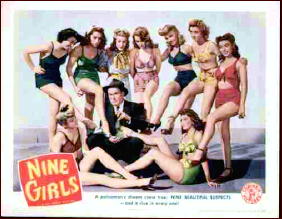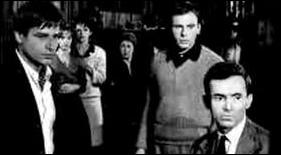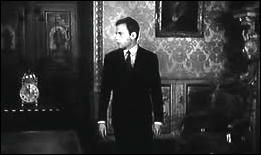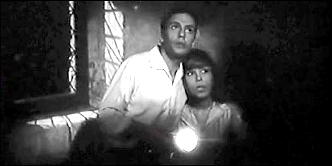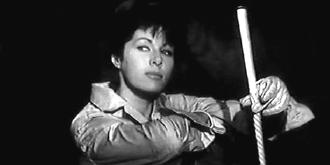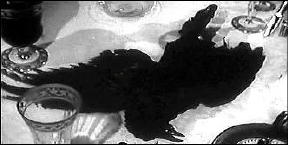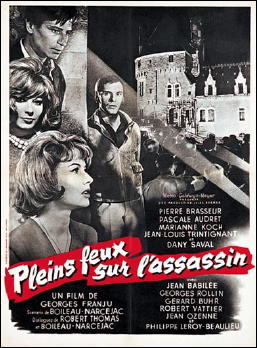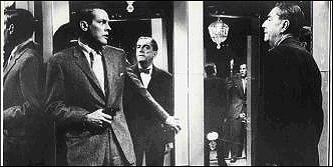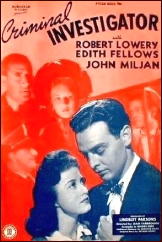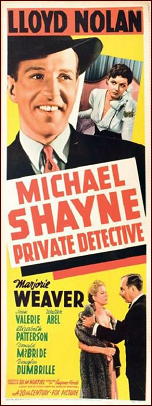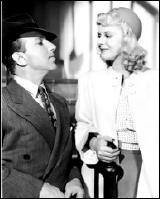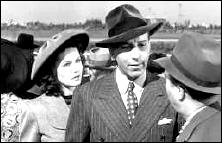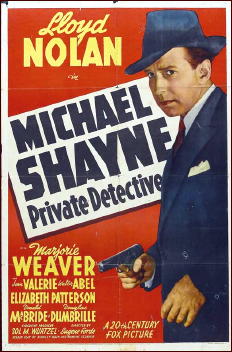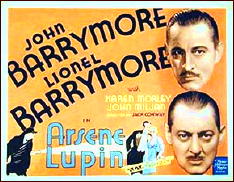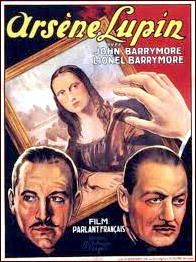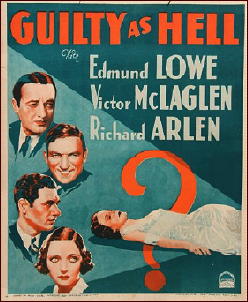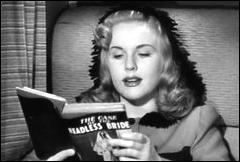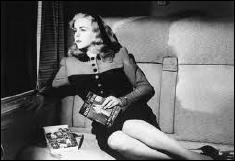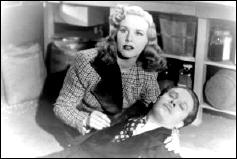Mon 20 Feb 2012

BEDELIA. British National Films, 1946. Margaret Lockwood, Ian Hunter, Barry K. Barnes, Anne Crawford, Beatrice Varley, Louise Hampton, Jill Esmond. Co-screenwriter: Vera Caspary (with Herbert Victor and Isadore Goldsmith) based on her novel of the same title. Director: Lance Comfort.
I’m not sure if anyone could review this film without giving away more of the plot than you’d like to know – certainly more than I’d care to read myself – so take this as a [WARNING] that there’s a good strong possibility I may cross some sort of line you’d rather not have crossed, as far as you’re concerned. (Personally I like to know as little about a movie I’m watching or a book I’m reading as I can get away with.)
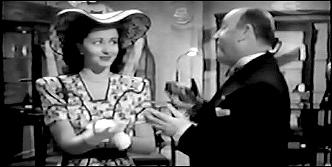
In one sense this is a straightforward and relatively minor crime novel, but if you have the chance to see this movie, I am willing to wager that you will agree that this is not so.
We quickly learn that Margaret Lockwood’s character has just married Ian Hunter’s character, Charles Carrington. She’s young and beautiful; he’s an older, well-established type. Not exactly rich, but well enough off that we quickly know why she married him, or we think we do.
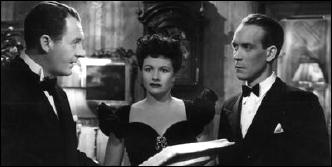
Following her (and then them) around during their honeymoon in Monte Carlo with unknown intentions, however, is Barry Barnes’s character, Ben Chaney (on the right), insinuating himself into their life first with a small dog, then as an artist who’d like to paint her portrait. (She, Bedelia, does not like to have photographs of herself, but agrees to sit for Chaney to please her new husband.)
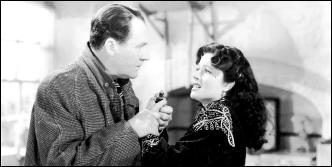
We’d like to know that Bedelia is innocent of any wrongdoing, since Chaney’s persona is that of a sneaky weaselly sort of fellow, but she is far from convincing in the falsehoods she tells, and we fear the worse, even back in England when Charles needs to get back to work, where he’s assisted (and more than likely, secretly loved) by his secretary Ellen (Anne Crawford).
Straightforward enough, as I said up top, but there is also a strange undercurrent going on in this movie. Eventually Bedelia’s lies catch up to her, but who will her husband believe? Bedelia, or the artist who’s also living under false representation?
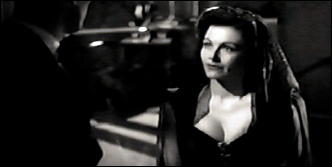
If you don’t sense what’s not precisely stated in the story line, you probably won’t make much of this movie, translated from Connecticut in 1913 in the book to England perhaps 25 years later. (The manor house snowed in during a storm makes one think of the standard cliche of the Golden Age of Detection, but no, that’s not the kind of mystery this movie is.)
But there’s more to the story than exactly meets the eye, and as I said in my opening remarks, I hope I haven’t said more than I should have. And to their discredit, the other reviews I’ve read on this movie have almost always said more. I’m glad I didn’t read them before I watched the movie for myself. I enjoyed it.
Note: To watch the first eleven minutes of the film, check out this YouTube clip here.

